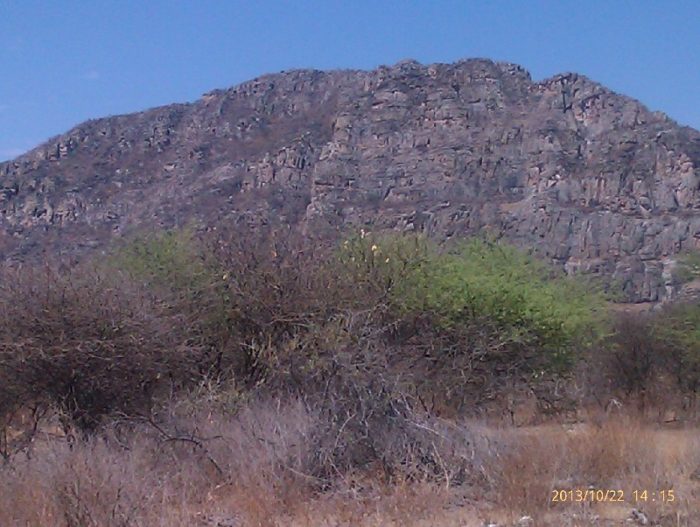ProdAfrica Listing Details
Profile
The Tsodilo Hills are a UNESCO World Heritage Site (WHS), consisting of rock art, rock shelters, depressions, and caves. It gained its WHS listing in 2001 because of its unique religious and spiritual significance to local peoples, as well as its unique record of human settlement over many millennia. UNESCO estimates that there are over 4500 rock paintings at the site. The site consists of a few main hills known as the Child Hill, the Female Hill, and the Male Hill. These hills are of great cultural and spiritual significance to the San People of the Kalahari.
Archaeology
People have used the Tsodilo Hills for painting and ritual for thousands of years. UNESCO estimates that the hills contain 500 individual sites representing thousands of years of human habitation. The hills’ rock art has been linked to the local hunter gatherers. It is believed that ancestors of the San created some of the paintings at Tsodilo, and were also the ones to inhabit the caves and rock shelters. There is evidence that Bantu peoples were responsible for some of the artworks at the hills. Some of the paintings have been dated to be as early as 24,000 years before present.
Rhino Cave
Rhino Cave is located at the North end of the Female Hill and has two main walls where paintings are located. The white rhino painting which the cave is named for is located on the north wall, and is split by another painting of a red giraffe. Excavations of the cave floor turned up many lithic materials from. While the cave lacks ostrich egg shell, bone artifacts, pottery or iron, there were a few mongongo shell fragments found in Later Stone Age layers.
Charcoal found during excavations has been dated to the African Iron Age, the Later Stone Age (LSA), and the Middle Stone Age (MSA). Artifacts, mostly stone, from the LSA were made from local materials such as quartz and jasper. MSA artifacts from the cave are mostly prepared projectile points. The points are typically found in various stages of production; some have been abandoned and some are finished.
The paintings at Rhino Cave are mostly located on the North wall, and have been painted in red or red-orange pigment excepting the rhino which was painted in white. Around the rhino and the giraffe are various paintings, mostly in red, of geometrics. On the opposite wall, the cave is host to grooves and depressions that have been ground into the rock. They may have been created using hammer stones or grindstones from the LSA period, which have been found at Tsodilo.
White Paintings
The white colored rock art at Tsodilo is associated with Bantu peoples. Many of the white paintings are located in the aptly named White Paintings Rock Shelter, located on the Male Hill. There are also red paintings in this shelter, but they are in abundance around the hills. The white paintings depict animals, both domestic and wild, as well as human like figures.The human figures are painted with their hands on their hips for the most part. A handful of them are on horseback, which seems to indicate that they were painted no sooner than the mid 1800s, when horses were first introduced to the area.
Showroom / Marketplace (Our Products / Services)
Our Events





